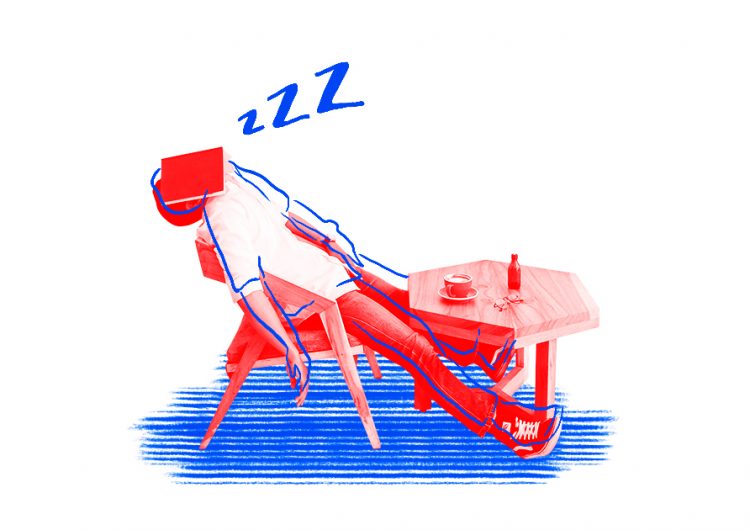Look, it’s already Tuesday. The dreaded Monday blues must be gone the moment you wake up today. That means you’re ready to get that dough this week. But who are you kidding? This is not Pinterest. You roll out of bed with existential dread, you take your hellish commute, and get through the day with anxiety. This is just another workday peppered with signs of burnout. And nope, that unreasonably expensive cup of coffee isn’t going to fix you.
Burnout is one of the many reasons why people leave their job. Although there are several resources on how to manage burnout, much of it remains a mystery to both the burned out employees and managers. But the path out of burnout will soon become clear: The World Health Organization (WHO) acknowledges the existence of burnout. However, the organization clarifies that it’s still not a medical condition. Instead, WHO recognizes burnout as an “occupational phenomenon.” Whether a medical condition or not, burnout can still be addressed through consultations with a health professional.
Read more: What’s a “vent buddy” and where do we get one?
The World Health Organization acknowledges the existence of burnout. However, the organization clarifies that it’s still not a medical condition. Instead, it recognizes burnout as an “occupational phenomenon”
In the latest edition of their International Statistical Classification of Diseases and Related Health Problems guidebook, WHO defines burnout as “a syndrome conceptualized as resulting from chronic workplace stress that has not been successfully managed.” WHO also makes it clear that the term should only apply to work-related circumstances.
Burnout was coined in the ’70s by American psychologist Herbert Freudenberger to describe the high stress experience of healthcare professionals. Later on, it became a general term to describe the stress experienced by any professional. Since then, burnout has always been associated with being listless. However, there was no clear definition of the medical condition until 1981. Psychologist Christina Maslach created a test to measure burnout, which is now known as the Maslach Inventory. The test has questions that range from emotional exhaustion, depersonalization, and personal accomplishment.
Read more: Why it’s completely okay to hire people with mental health disorders
In a New York Times article, Maslach lays down some signs of burnout such as being mentally and emotionally drained, physical health problems, and the feeling of being underappreciated. “It is difficult to identify burnout, which often feels like surrender or failure rather than what it really is: a chronic disease,” the 2017 article reads.
There are short-term solutions offered to combat burnout such as meditation, a good working environment, frequent breaks, and mainly a life outside work. But with the recognition that burnout isn’t just a phase, it looks like we really need to acknowledge the need for regular mental health consultations more than regular week-long vacation leaves. With this, let’s hope the workforce would finally understand that rest is as important as productivity.
As Stanford Center for Compassion and Altruism Research and Education science director Emma Seppala tells The New York Times, “Biologically we are not meant to be in that high-stress mode all the time. We got lost in this idea that the only way to be productive is to be on the go-go-go mode.”
Art by Renz Mart Reyes

























Comments